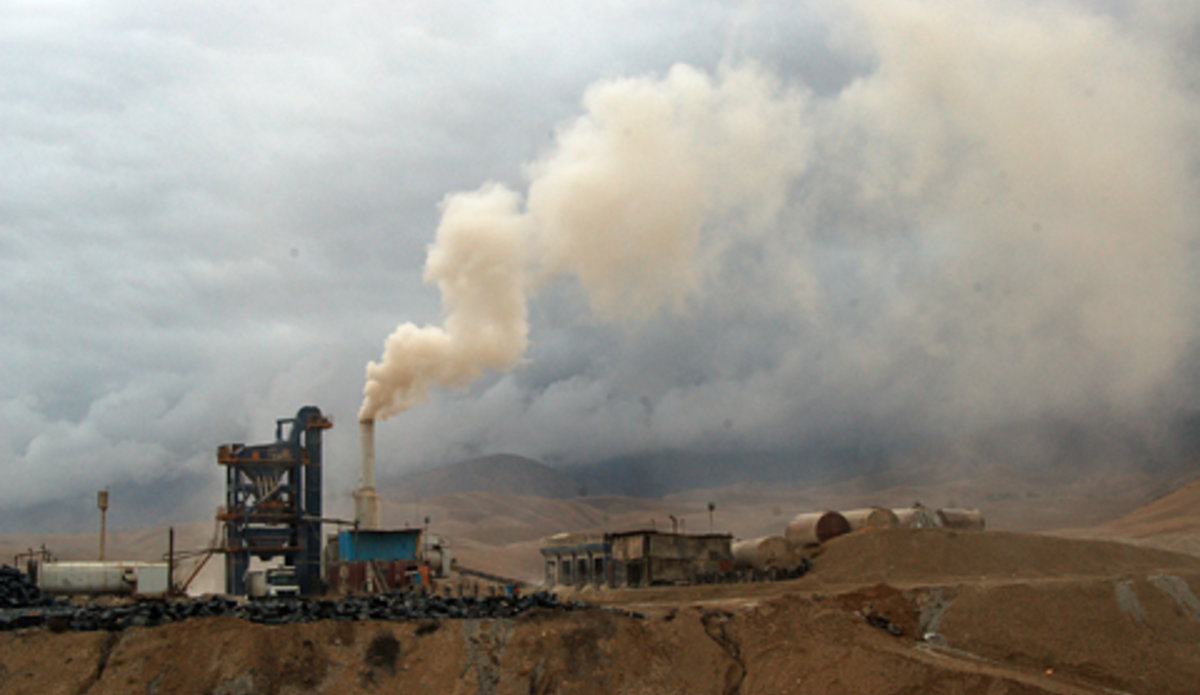Climate change is population, gender issue - UNFPA
KABUL - The United Nations Population Fund (UNFPA) today launched in Kabul the State of World Population Report 2009.
The 2009 Report – which shifts the debate on climate change from carbon emissions to how human beings both affect and are affected by global warming – was unveiled by Arie Hoekman, UNFPA country representative.
The Population Report was earlier launched at the global level on 19 November “and today we are doing the same here in Afghanistan while the negotiations leading up to the widely anticipated International Conference on Climate Change have just started in Copenhagen,” said Mr Hoekman.
To hammer out a new international agreement that could slow down and eventually halt the accelerated warming of the earth’s climate in the long run, the world’s climate experts and Government officials are convening in Copenhagen this month for the 15th Conference of Parties to the United Nations Conference on Climate Change.
In a press conference at the United Nations Assistance Mission in Afghanistan (UNAMA), Mr Hoekman called on Afghans to join the worldwide fight against global warming, pointing out that even as the country is in the midst of conflict, all other conflicts “pale in comparison” to the eventual consequences of climate change.
“Perhaps some will say, why the importance (of) talking about climate change in a country that is torn by conflict? Yet, it is exactly this climate change that will most likely make all conflicts pale in comparison in terms of its impact on global society, regions, individual countries and local communities. That is, if we don’t act now,” added Mr Hoekman.
Pointing out that “slower population growth in both developed and developing countries may help ease the task of bringing global emissions into balance,” Hoekman enthused that the 2009 Report “breaks new ground by shifting the debate on climate change from abstract and technical discussions about nations’ carbon emissions to the realities of how human beings – from individuals to the world’s population as a whole – both influence and are affected by the warming of the earth’s atmosphere.”
“It seems logical to assume that greenhouse gasses would not have accumulated that fast if the number of earth’s inhabitants had not increased so rapidly. Imagine, we were only 1,250 million people in 1850 and 100 years later it doubled and reached 2.5 billion by 1950. After that the growth of the world population went into overdrive. Now, only 59 years later, the world population numbers 6.8 billion,” Mr Hoekman warned.
The UNFPA country head revealed that the Intergovernmental Panel on Climate Change had assessed as early as 2007 the “gender aspect of vulnerability and adaptive capacity” in response to climate change and comparable natural disasters.
“Women produce roughly half the world’s food, according to the Food and Agriculture Organization (FAO), and anywhere from 60 per cent to 80 per cent of food in most developing countries. Given women’s significant engagement in food production and preparation and the potential for land use to contribute to climate-change solutions in developing countries, the close connection between gender, farming and climate change deserves far more analysis than it currently receives,” he stressed.
By Aurora V. Alambra, UNAMA
 UN
UN







